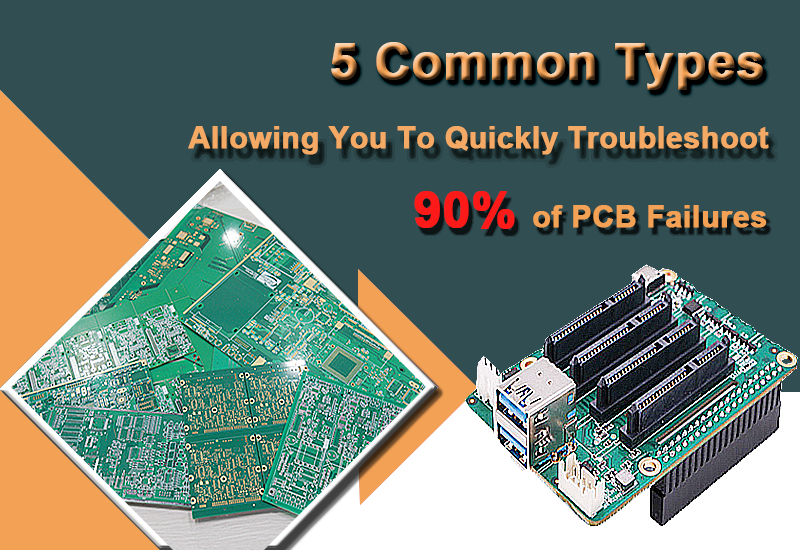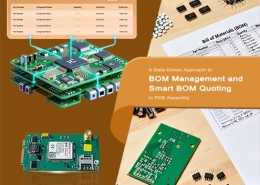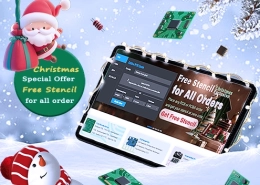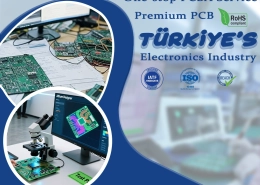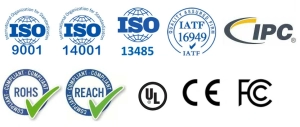5 Common Types, Allowing You To Quickly Troubleshoot 90% of PCB Failures
Printed circuit boards are widely used in various equipment and machines in modern industry and manufacturing. Once a device fails, downtime will directly affect production efficiency. Timely detection and repair of faults on circuit boards can help prevent small problems from turning into major failures. Suppose the initial failure can be solved quickly. In that case, it usually only requires replacing a few components or making simple repairs, thus avoiding higher maintenance costs or replacing the entire board, ensuring the smooth operation of the production line and reducing the economic losses caused by failures.
1. Poor Soldering of Circuit Boards
Poor soldering of circuit boards means that there are quality problems with the soldering points on the circuit board, resulting in unstable or complete failure of the electrical connection between electronic components and circuits. This will not only affect the normal operation of the equipment but may also lead to more serious failures or safety hazards. The following are common types of poor soldering and their solutions:
● Cold Solder Joint
Cold solder joints refer to solder joints that are not sufficiently heated or solder that is not completely melted, resulting in a rough, matte-colored solder joint. Such solder joints are prone to poor contact and unstable electrical connections.
Solutions:
· Reheat the solder joint and use the right amount of solder
· Ensure the soldering temperature is high enough and the soldering time is appropriate
· Use high-quality solder and appropriate soldering tools
● Dry Joint
Cold solder joints refer to situations where the solder does not form a good connection with the components or the copper foil of the PCB fabrication during the soldering process. They usually look normal in appearance, but the connection is not firm and may suddenly disconnect during the equipment’s operation.
Solutions:
· Check the soldering points and re-solder if any cold soldering is found
· Ensure that the solder is in full contact and fused with the contact points during soldering
● Solder Ball
Solder balls are small balls formed when too much solder or too high a soldering temperature causes solder to splash onto the circuit board during the soldering process. These solder balls may cause short circuits on the circuit board.
Solutions:
· Reduce the use of excessive solder
· Adjust the soldering temperature to avoid too high a temperature
· Use an anti-static brush to clean solder balls
● Oxidation of Solder Joints
During the soldering process, if the soldering area is not properly cleaned or there is not enough flux, the solder joints may oxidize, resulting in poor soldering quality.
Solutions:
· Clean the contact points of the circuit board manufacturing and components before soldering
· Use high-quality solder and ensure that it contains enough flux
2. Circuit Board Component Failure
Observe whether the PCBA board has obvious damage, such as burnt components, broken solder joints, bulging capacitors, etc. If there is an obvious burnt smell, a component may be damaged. Use a multimeter to test the power supply part of the circuit board to confirm whether there is any voltage abnormality. Use a multimeter to measure the resistance and capacitance to check whether they are within the normal range, huge capacitors are prone to aging and failure. Check the unidirectional conductivity of the diode and the conduction state of the PN junction of the transistor to confirm whether there is any damage. If there is a spare chip, you can try to replace the suspected damaged chip or use a dedicated IC tester.
Divide the PCB assembly manufacturing into several modules, such as power module, signal processing module, etc., and test them individually. If there is a normal circuit board of the same model, you can perform a comparative test to find the difference.
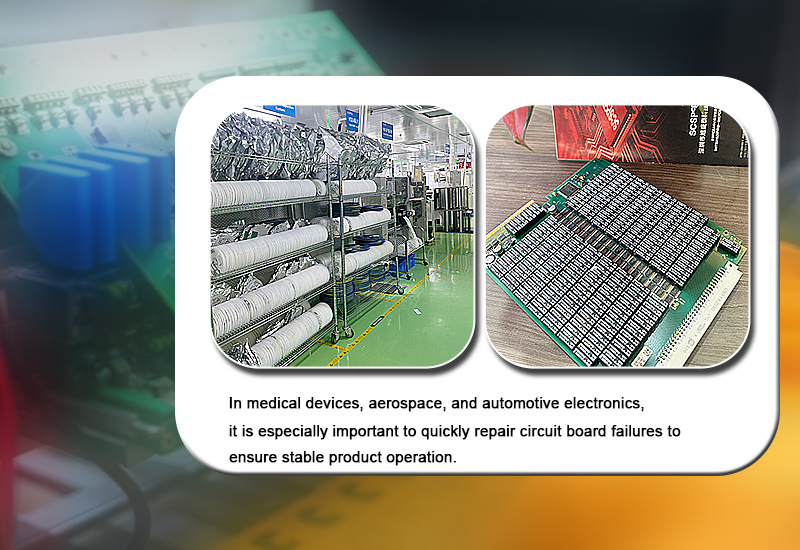
3. Short Circuit of Circuit Board
A short circuit on a circuit board will cause the PCBa to not work properly and may even cause component damage or equipment burnout. Short circuit failure means that two electrical conductors in the circuit that should not be connected accidentally form a direct electrical connection, causing the current to bypass the normal circuit path.
When soldering, excessive solder or improper operation may cause adjacent solder joints to be connected by solder, forming a solder bridge, and resulting in a short circuit. If the conductive copper wire of the PCB is physically damaged or subjected to excessive pressure, a short circuit may form. Failure of components (such as capacitors, resistors, ICs, etc.) may cause electrical short circuits, especially under high temperatures, overcurrent, etc.
If the copper wire on the circuit board is damaged, a jumper can be used to reconnect the disconnected part. For small breaks, conductive paint can be used to restore the electrical connection. If it is determined that the short circuit is caused by a failed component (such as a capacitor, resistor, or IC), the corresponding component should be replaced as soon as possible.
4. Damaged Circuit Boards
Damaged circuit boards can cause electrical connections to fail, equipment to malfunction, or to fail. External impact or bending of PCBA can cause copper wires to break or delaminate, resulting in circuit failure. Excessive force applied when installing or removing PCBA boards can damage solder joints, connectors, or components. Excessive current on circuit boards can cause copper wires on conductive paths to melt or burn. Excessive voltage can damage components or burn insulation on circuit boards, resulting in short circuits or leakage.
5. Manufacturing Defects
Poor-quality materials or production process problems, such as interlayer delamination and too-thin conductive paths, may shorten the circuit board’s service life. Improper circuit design may also cause circuit overload, poor heat dissipation, or stress concentration points, ultimately causing damage.

